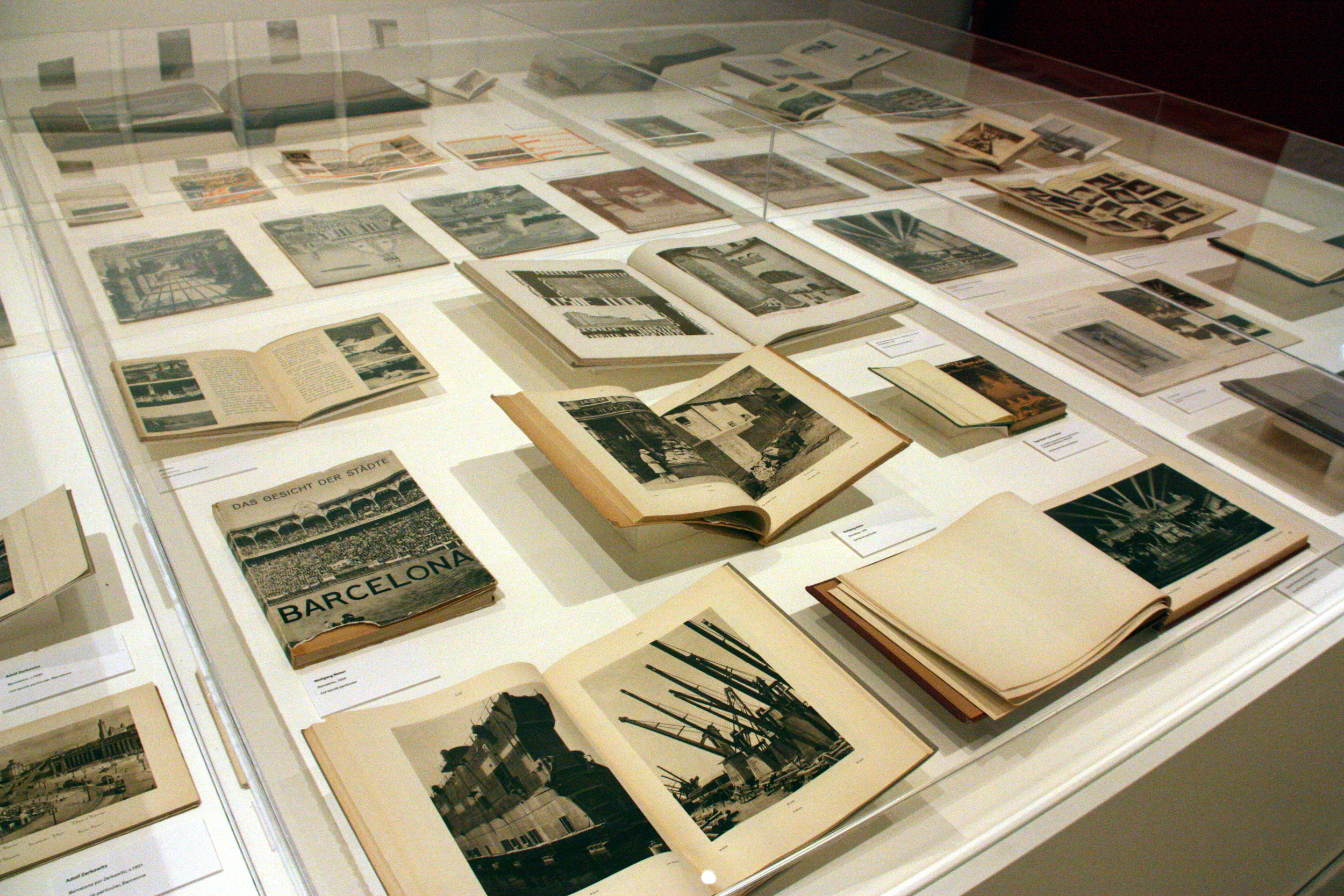Photography exhibition tells the story of Barcelona between 1860 and 2004
Opening today, photography exhibition ‘Barcelona. The Metropolis in the Age of Photography 1860-2004’ tells the story of the Catalan capital with 1,000 works. The collection of photographs, magazines, documentaries and films is provided by 58 lenders which are primarily in Catalonia but also to be found in Madrid, Pamplona, Salamanca, Paris, Lausanne, London and even New York. The history of the city of Barcelona is separated into six major moments, within which one can observe the metropolis change with the World Fair, the expansion of the city, the opening of new streets, the rhetoric of new artistic movements, social struggles, the Civil War and the subsequent photographical documentation of the transition to democracy. Ending in 2004, this chronological exhibition represents curator Jorge Ribalta’s many years of intensive work exploring the relation between photographs and a city.

Barcelona (CNA).- Photographic exposition ‘Barcelona. The Metropolis in the Age of Photography 1860-2004’ opens its doors today until the 26th of June. The collection, displayed in 18 halls in the Virreina Palace in the centre of Barcelona, was put together thanks to 58 lenders, both private collectors and institutions. While many of these lenders are situated in Catalonia, the contributions come from various other cities such as Madrid, Salamanca and Pamplona, as well as international metropoles like New York, Paris, London and Lausanne. The majority of the 1,000 items on display are photographs, but one can also find postcards, books, films, documentaries, and magazines. Six of Barcelona´s most defining moments are detailed in the exhibition. For instance, one can see material chronicling the city´s expansion, Spain´s first international World Fair, the controversial opening of major streets, major artistic movements and social struggles, the Spanish Civil War and the transition to democracy through photojournalism, ending with the shift in centres of power. Jorge Ribalta, curator of the exhibition, has been intensively studying the relationship between cities and photographs for many years, and how powers used it in the past to control public opinion on urban works.
Virreina Palace, situated in the heart of Barcelona, opens its doors today to the exhibition ‘Barcelona. The Metropolis in the Age of Photography 1860-2004’. The collection is a photographic journey documenting the transformation of Barcelona and the social change that took place within between the years 1860 and 2004. The exhibition, curated by Jorge Ribalta, will be held from today until the 26th of June. The collection is comprised of around 1,000 pieces, the majority of which are photographs but also includes postcards, books, magazines and other publications,films and documentaries.
Jorge Ribalta emphasised that a grammar of the image of the city, tied to its centres of power and monuments, established itself from the beginning. In fact, the exhibition includes graphic works explaining six of Barcelona´s great historical moments, displayed throughout the 18 halls of the Palace. For instance, one can learn about the approval of the Cerdà Plan for the extension of the city, along with Spain´s first international World Fair held in Barcelona (1860-1888). Additionally shown are elements documenting the emergence of the graphic press, the opening of Barcelona´s major thoroughfare Via Laietana, the remodelling of Montjuïc, and the rise of Modernism and its architectural and artistic rhetoric (1888-1929). Expanded upon are also the ’30s and the Spanish Civil War (1930-1939), the hegemony of the humanist paradigm, and the New Photojournalism of the city´s transition to democracy (1940-1970). The exhibition continues with the development of a new topographic documentary style, relating to increasing efforts to reclaim the city, along with a rise of the neighbourhood/local movement (1970-1992). The collection also displays elements tied to new social struggles in which the image acquires a new centre, both in municipal management and social conflict (1992-2004).
The exhibition ‘Barcelona. The Metropolis in the Age of Photography 1860-2004’ is comprised of approximately 1,000 works, provided by 58 lenders. The majority of these reside in Catalonia, but also include a percentage in Madrid, Salamanca and Pamplona. Furthermore, the exhibition was created with the help of international lenders from London, Lausanne, Paris and New York. Of the 58 lenders, 38 are institutions and 20 are private collectors.
Ribalta explained the exhibition aims to tell its story through “dominant and familiar” images of the city, but adds that he hopes and expects there to be unexpected elements. As an example, the curator cited the “attention the press paid to the neighbourhood/local movement of the ’70s, producing around 50 newsletters and magazines”.
Jorge Ribalta stressed that the exhibition bases itself on “the idea that photography is an instrument that powers use to create a public opinion, one that is generally favourable to large scale urban operations, and that it isn´t until after the twentieth century that this monopoly was lost”.
The curator added that, for him, the theme of the relationship between the city and photography has been the subject of intensive work for many years. His last work was shown at the MACBA in 2008, product of commissions given to photographers to represent Barcelona after the construction of the Forum Building in 2004. In fact, he notes that this is an extension of the work that was done then.